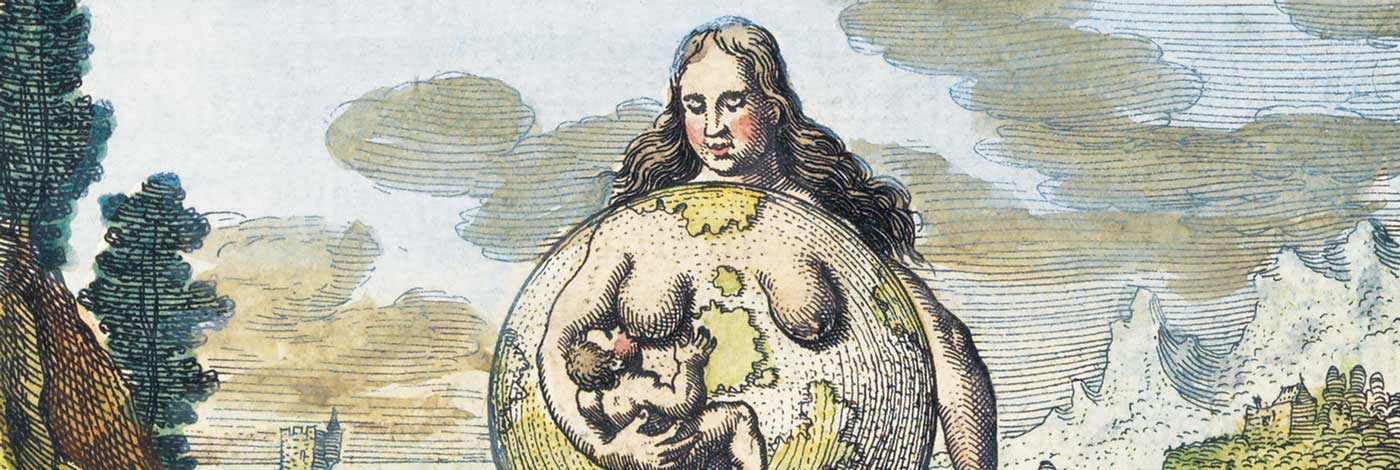

 Anthropozoologica
42 (1) - Pages 61-84
Anthropozoologica
42 (1) - Pages 61-84Due to its high relief and ecological diversity, the Asón River Valley (Cantabria, Spain) was favoured for occupation by Stone Age hunter-gatherer groups. The numerous caves with their archaeological remains and parietal art have made this basin a reference zone for the study of Cantabrian Prehistory. This article explores the importance of La Fragua Cave as a hunters' camp in the coastal zone. Despite its small size, it housed several, temporary human occupations in the Terminal Pleistocene and Early Holocene, thus this study contributes a new dimension to our understanding of the subsistence economy of the valley. This archaeozoological study, involving both paleontology and taphonomy, allows us to document changes in the taxonomic abundance derived from the climatic Pleistocene/Holocene transition as well as the utility of the different anatomical parts and the reconstruction of the butchering processes. Finally, the distribution analysis has provided information about spatial organization and the postdepositional processes that took place at the site.
Asón Valley, Cantabria, zooarchaeology, butchering process, refits, transition Pleistocene/Holocene, mobility patterns.